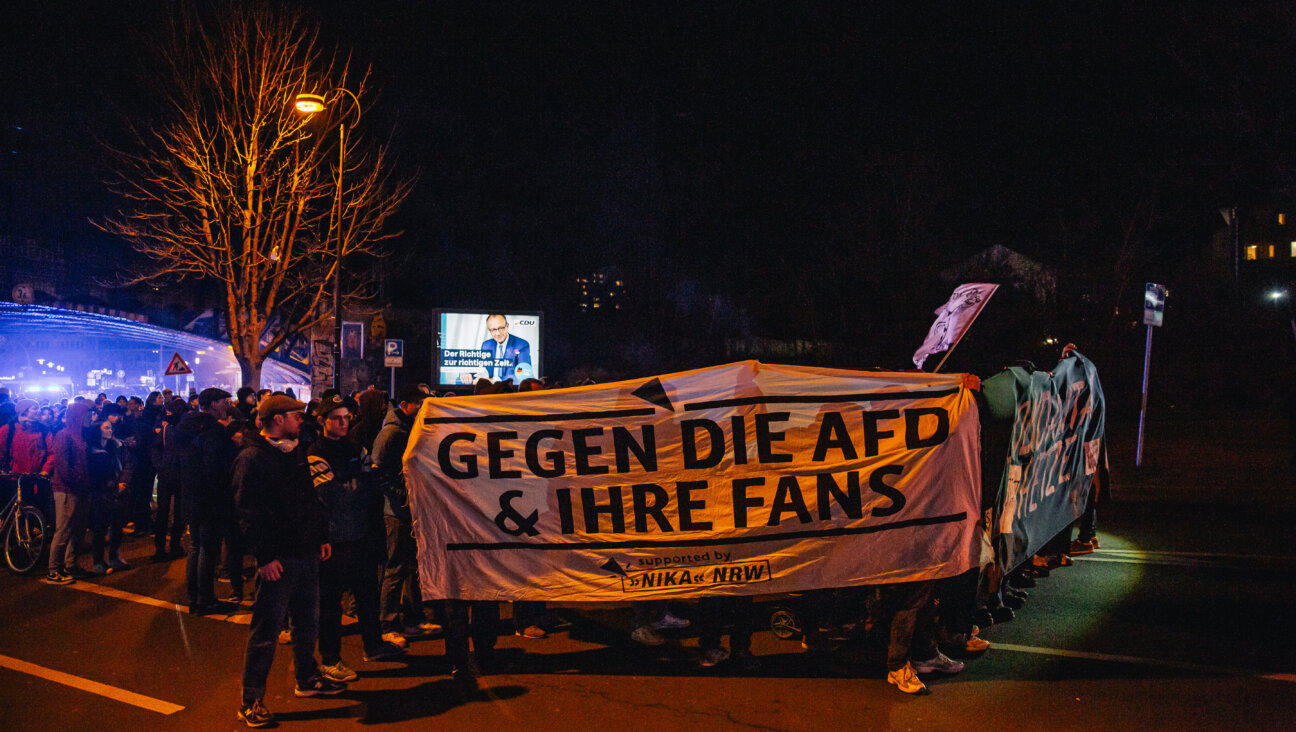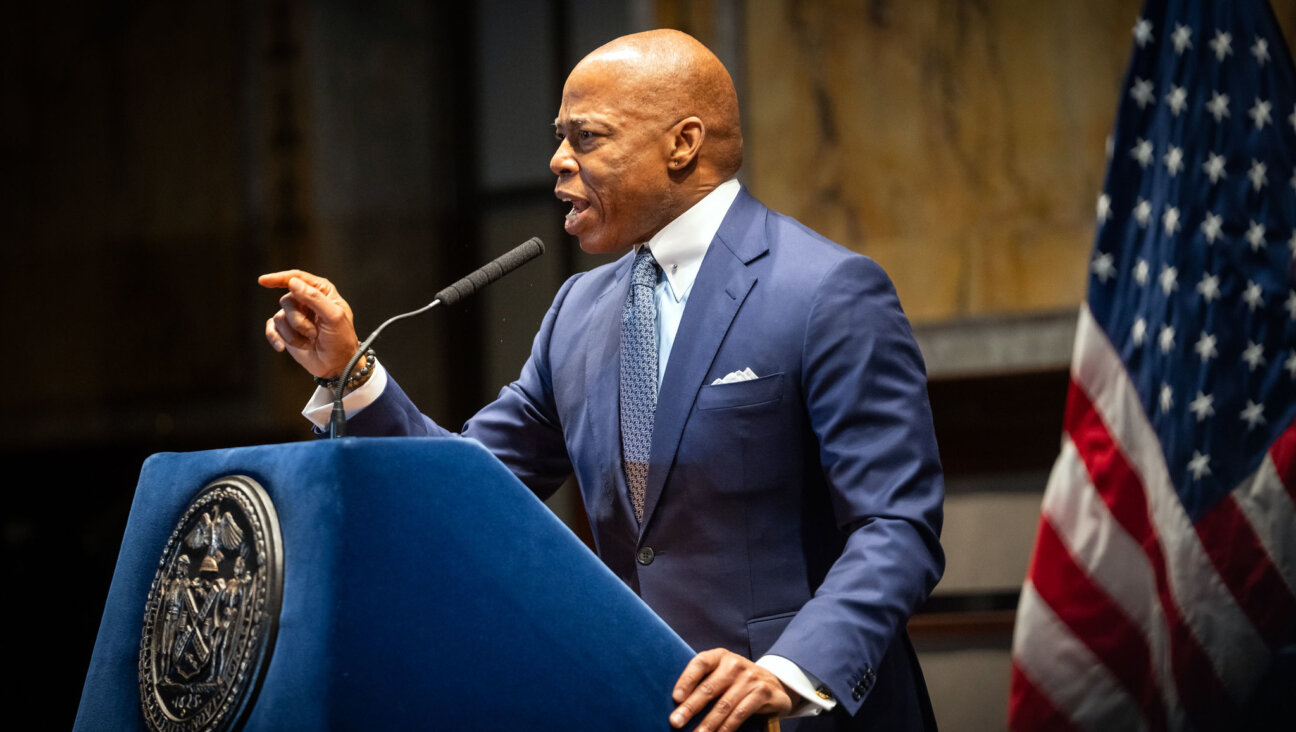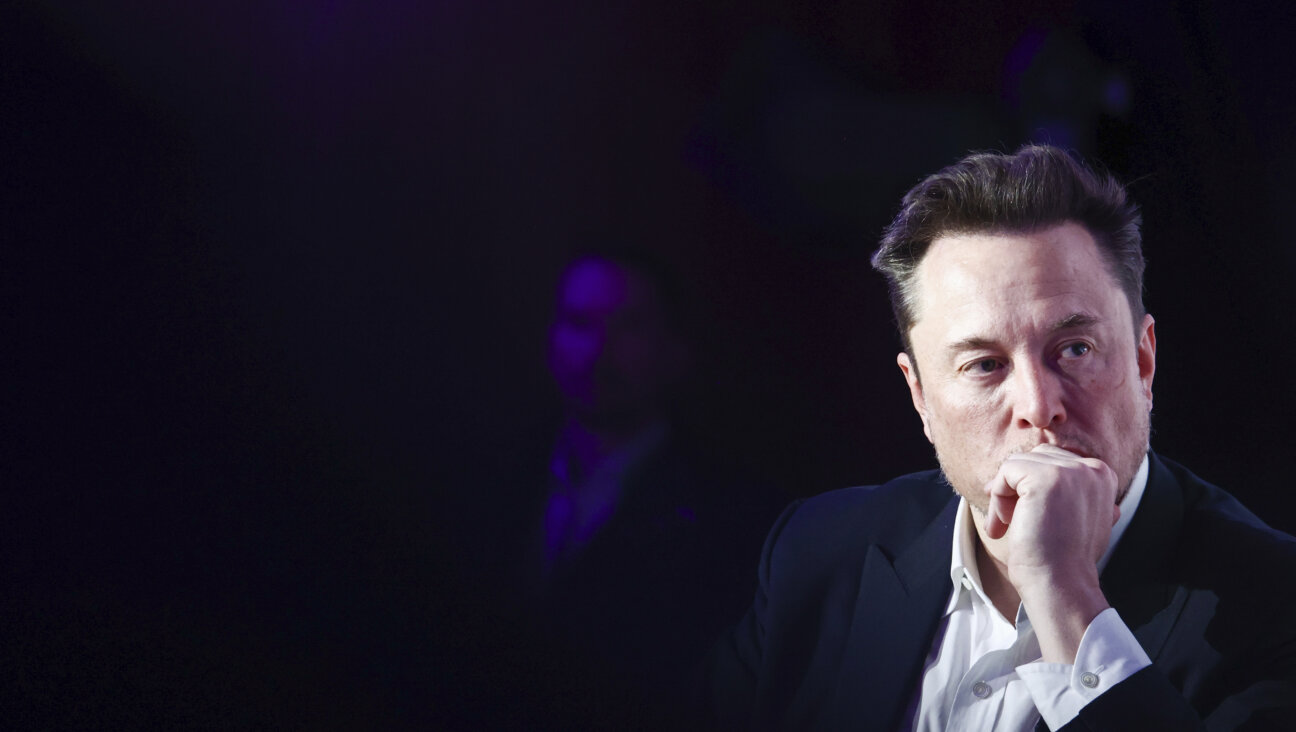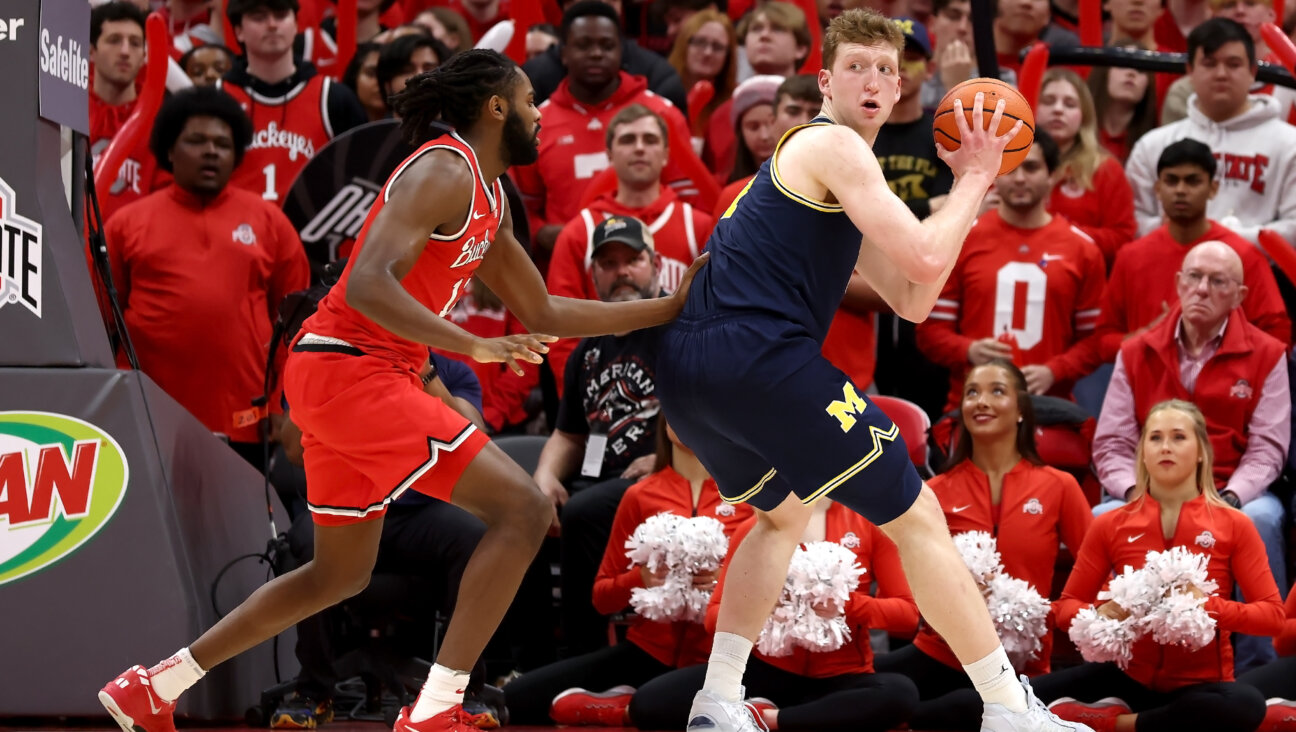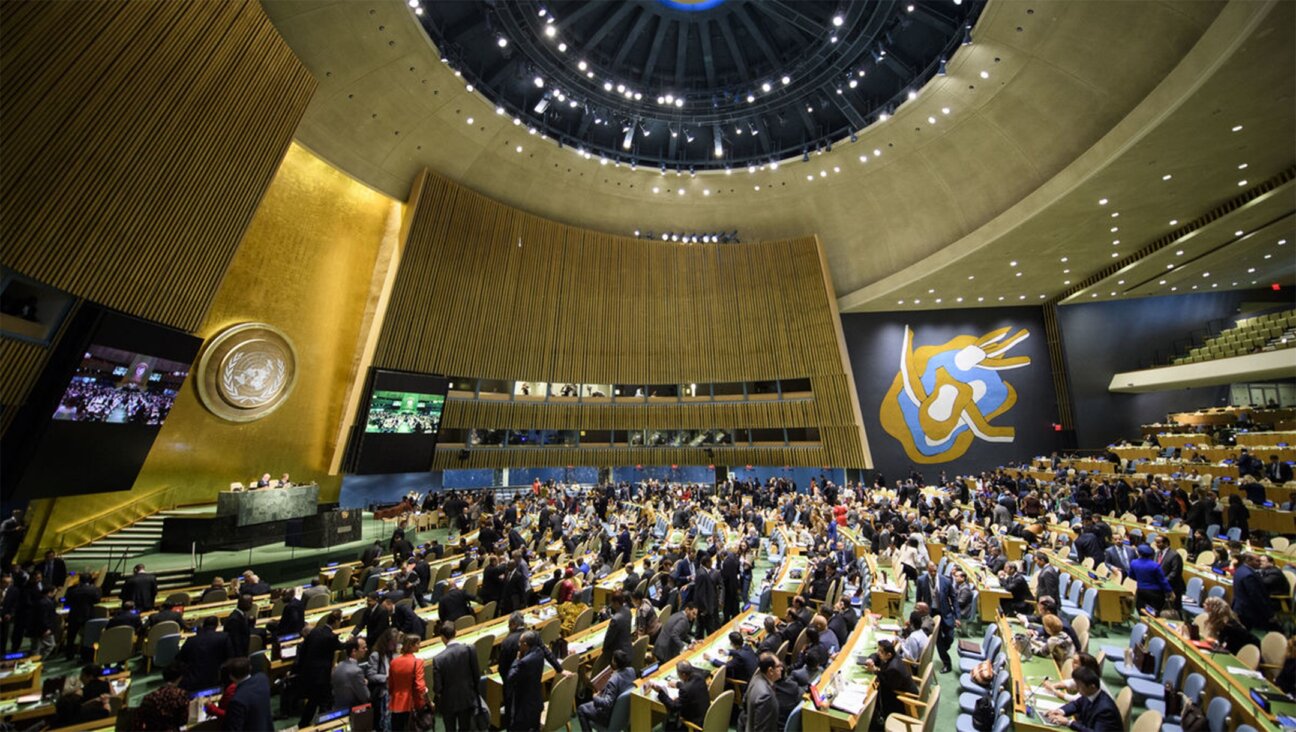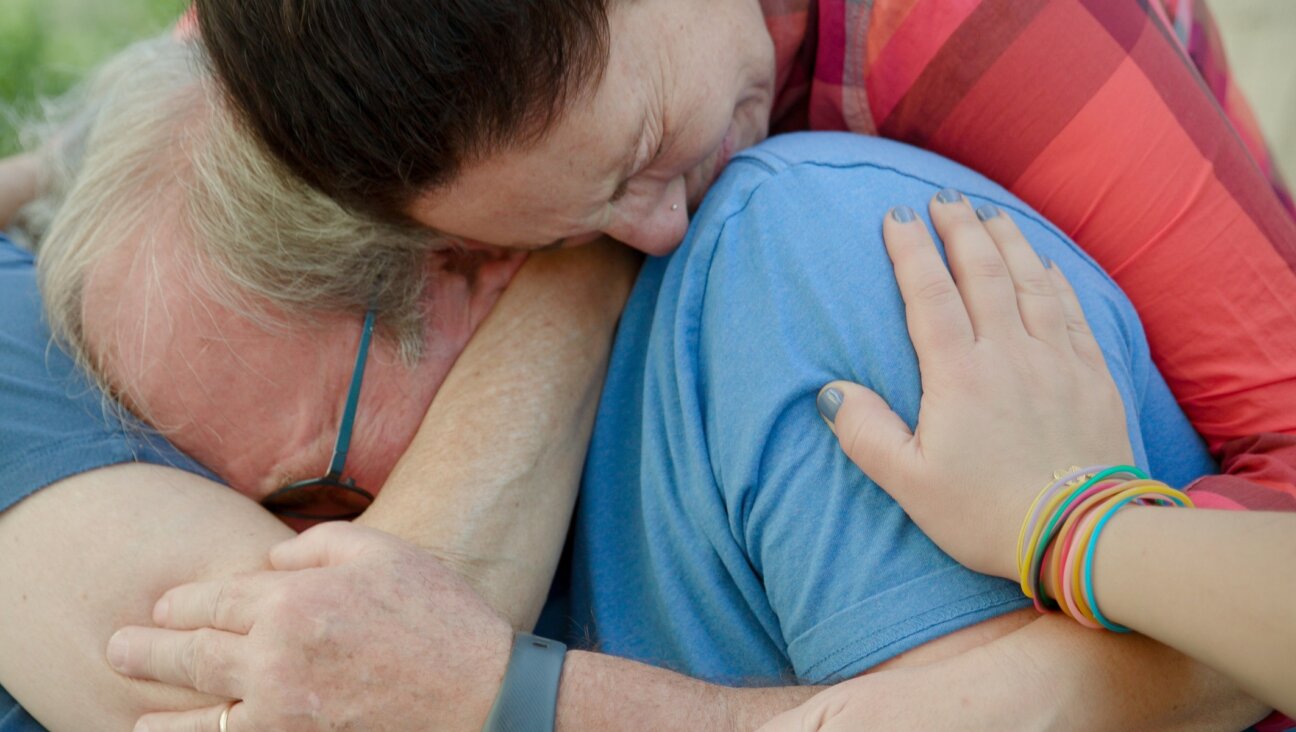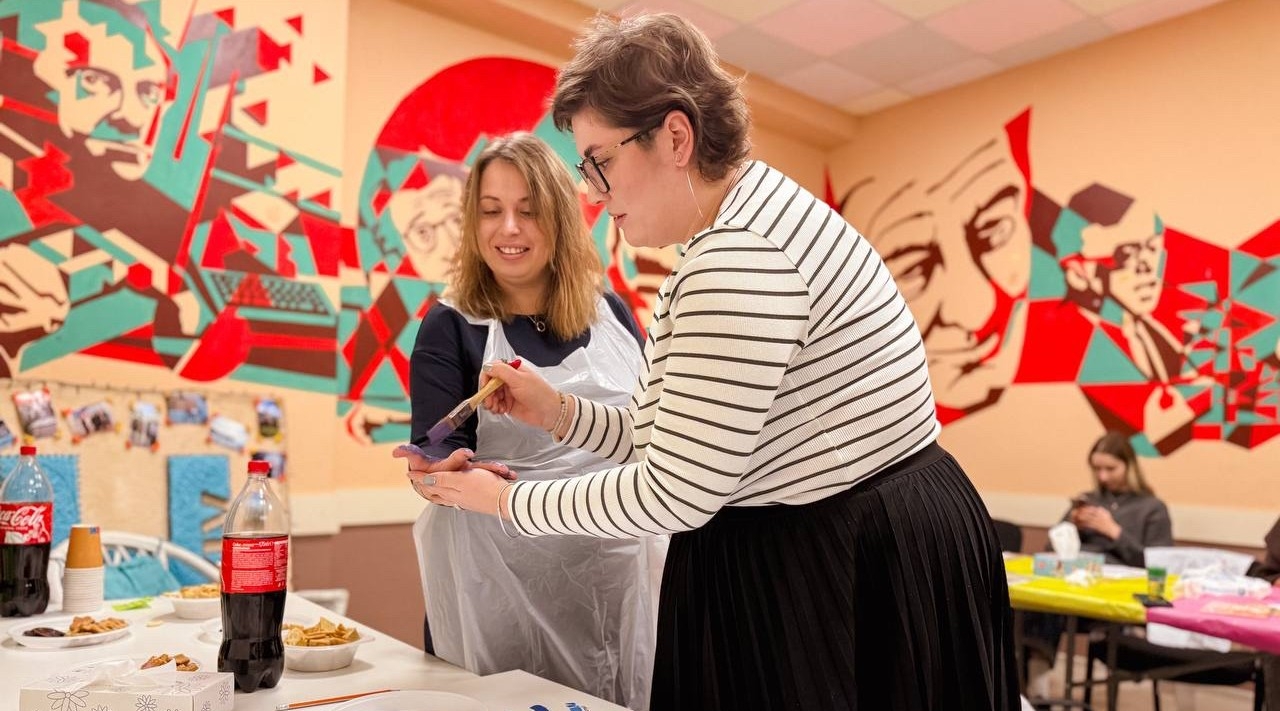In Our Time
Whatever else might be said about it, the Roman Catholic Church must be deemed one of the wonders of human civilization. In continuous operation for two millennia, it remains among the world’s most powerful institutions, claiming 1 billion followers, one-sixth of all humanity, in a tightly organized community of belief and influence that reaches into nearly every nation.
It is not the same church it was 1,900 years ago, to be sure. It has reinvented itself repeatedly as the world around it has changed; that is one of the secrets of its survival. But the changes come over centuries, not months; that is another of its secrets.
All the more reason to marvel, then, at the miracle that took place exactly 40 years ago, on October 28, 1965, when Pope Paul VI read aloud the document known as “Nostra Aetate,” “In Our Time,” redefining Catholicism’s relations with other faiths. The product of the historic Second Vatican Council, the document ordered a 180-degree turnabout in Catholicism’s understanding of itself and its monopoly on truth. It acknowledged profound insights in other faiths — Hinduism, Buddhism and Islam were mentioned — and expressed “sincere reverence” for other beliefs and ways of life that “often reflect a ray of that Truth which enlightens all men.”
The heart of the document, however, related to Jews and Judaism. Most famously, it repudiated the age-old church doctrine that all Jews were guilty of Jesus’ death. “The Jews,” it said, “should not be presented as rejected or accursed by God.”
But it went much further. It reached back to acknowledge, for the first time, that the roots of Christianity are Jewish, “found already among the Patriarchs, Moses and the prophets.” Catholics, their church told them, owe Jews a debt.
Most revolutionary, it declared that Jews remain chosen and beloved of God. “God holds the Jews most dear for the sake of their Fathers,” it said. “He does not repent of the gifts He makes or of the calls He issues.”
And the document called for a dialogue with Judaism to foster “mutual understanding and respect.” In 1968, the Vatican created the Secretariat for Religious Relations With the Jews within its powerful Secretariat of State, and asked a group of leading Jewish organizations to join it in dialogue. Talks opened formally in 1971, at a three-day conference in Paris. They have continued at two-year intervals since then, with a few bumps along the way.
Those bumps are telling. In 1987 the World Jewish Congress, the key Jewish participant, suspended talks because of a series of disagreements over the meaning of the Holocaust. Talks resumed a year later, but the disputes festered.
The second suspension was the church’s, in 1999. The ostensible reason was Vatican pique over the shrill tone of the ongoing Holocaust spats. But church insiders said the crisis began a year earlier, during a dialogue in Rome. The declared topic was “teaching about the other.” The Jewish side came unprepared, arguing that they had little to say, because Jews do not teach about Catholicism. Catholics were incensed. “Don’t you teach your children about the Crusades and the Inquisition?” one church official privately fumed afterward. “The trouble is, that’s all you teach about us.”
In truth, there is much more to be taught, and Jewish organizations have been woefully remiss in telling their flocks. Over these decades, the Catholic Church has remade itself from a historic foe of Judaism into a friend and a self-declared sibling. Textbooks and catechisms have been rewritten. The Vatican has recognized Israel and ruled antisemitism a “sin against God.” Pope John Paul II declared in 1986 that God’s covenant with the Jews remains valid, meaning that Judaism is seen — alone among non-Christian religions — as a pathway to heaven. Not that we needed their stamp on our visas. But as too few noticed, the statement formally ended Catholicism’s ambition to convert Jews in order to save them.
Above all, these new attitudes have been disseminated to parishes around the world and taught to millions of Catholics. The work is far from complete; entire areas of the Catholic world remain untouched, most egregiously in Latin America, where the charge of deicide remains commonplace. Given the traditional pace of change in the Catholic Church, however, the impact of “Nostra Aetate” has been little short of miraculous. It’s time we said so.
A message from our Publisher & CEO Rachel Fishman Feddersen

I hope you appreciated this article. Before you go, I’d like to ask you to please support the Forward’s award-winning, nonprofit journalism so that we can be prepared for whatever news 2025 brings.
At a time when other newsrooms are closing or cutting back, the Forward has removed its paywall and invested additional resources to report on the ground from Israel and around the U.S. on the impact of the war, rising antisemitism and polarized discourse.
Readers like you make it all possible. Support our work by becoming a Forward Member and connect with our journalism and your community.
— Rachel Fishman Feddersen, Publisher and CEO







